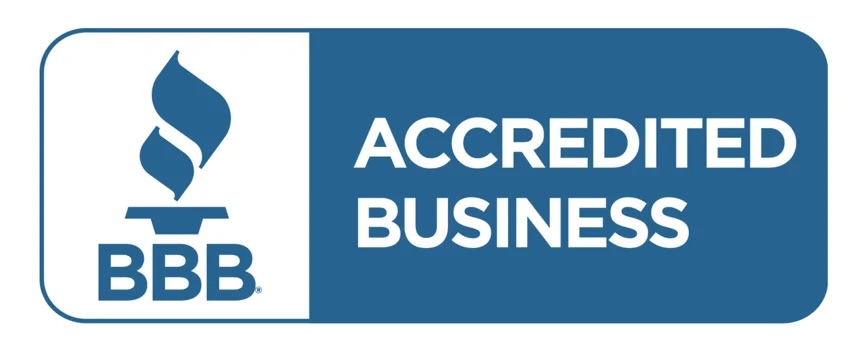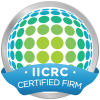Mold remediation is the process of removing and preventing mold growth in affected areas. Understanding the remediation process can help homeowners manage mold effectively and ensure their living environment remains safe. This article provides a step-by-step guide to the mold remediation process.
Step 1: Assessment and Inspection
The first step in the mold remediation process is a thorough assessment of the affected areas. A certified mold inspector will:
- Identify Sources of Moisture: This is critical, as moisture is the primary contributor to mold growth.
- Assess the Extent of the Mold Growth: This includes measuring moisture levels and identifying the types of mold present.
- Document Findings: Proper documentation helps in planning remediation efforts and may be necessary for insurance claims.
Step 2: Containment
Once the assessment is complete, the next step is to contain the affected area to prevent the spread of mold spores during remediation. This may involve:
- Sealing Off Areas: Using plastic sheeting to isolate affected areas.
- Negative Air Pressure: Setting up air scrubbers to filter airborne spores and maintain negative pressure within the containment area.
Step 3: Mold Removal
The actual removal of mold is a crucial step in the remediation process. This typically involves:
- Removing Contaminated Materials: Items such as drywall, carpet, or insulation that cannot be cleaned will be removed and disposed of properly.
- Cleaning Surfaces: Non-porous surfaces may be cleaned using specialized cleaning solutions or HEPA vacuums to remove mold spores.
Step 4: Cleaning and Disinfecting
After mold removal, cleaning and disinfecting the affected areas is essential. This includes:
- Using Biocide Products: These products help eliminate remaining mold spores and prevent future growth.
- Thorough Cleaning: Surfaces should be cleaned with mold-inhibiting solutions to ensure complete eradication.
Step 5: Drying
Drying is a critical phase in the remediation process, as moisture control is key to preventing mold from returning. Methods include:
- Using Dehumidifiers: These devices help reduce humidity levels quickly.
- Ventilation: Ensuring proper airflow can aid in drying affected areas.
Step 6: Final Inspection and Restoration
Once the remediation is complete, a final inspection is necessary to ensure all mold has been removed. This may include:
- Testing for Residual Mold: Some professionals may conduct air quality tests to confirm that mold levels are safe.
- Restoration of Affected Areas: Repairing or replacing any materials that were removed during the process, such as drywall and insulation.
The mold remediation process is a comprehensive approach to restoring a safe living environment. Timely action and professional help can significantly reduce health risks associated with mold exposure. If you suspect mold growth in your home, following this process can help you effectively manage and remediate the issue.




